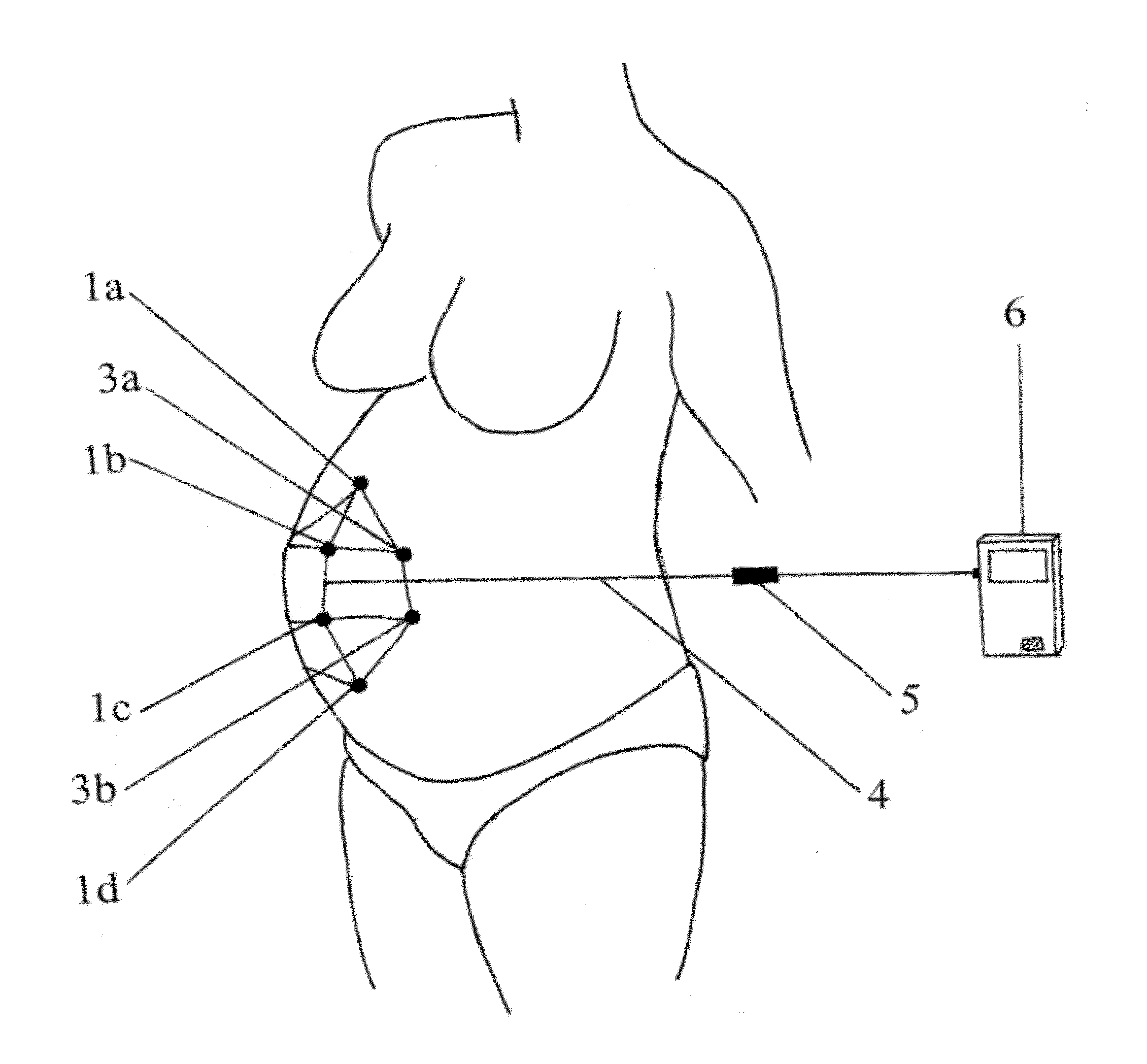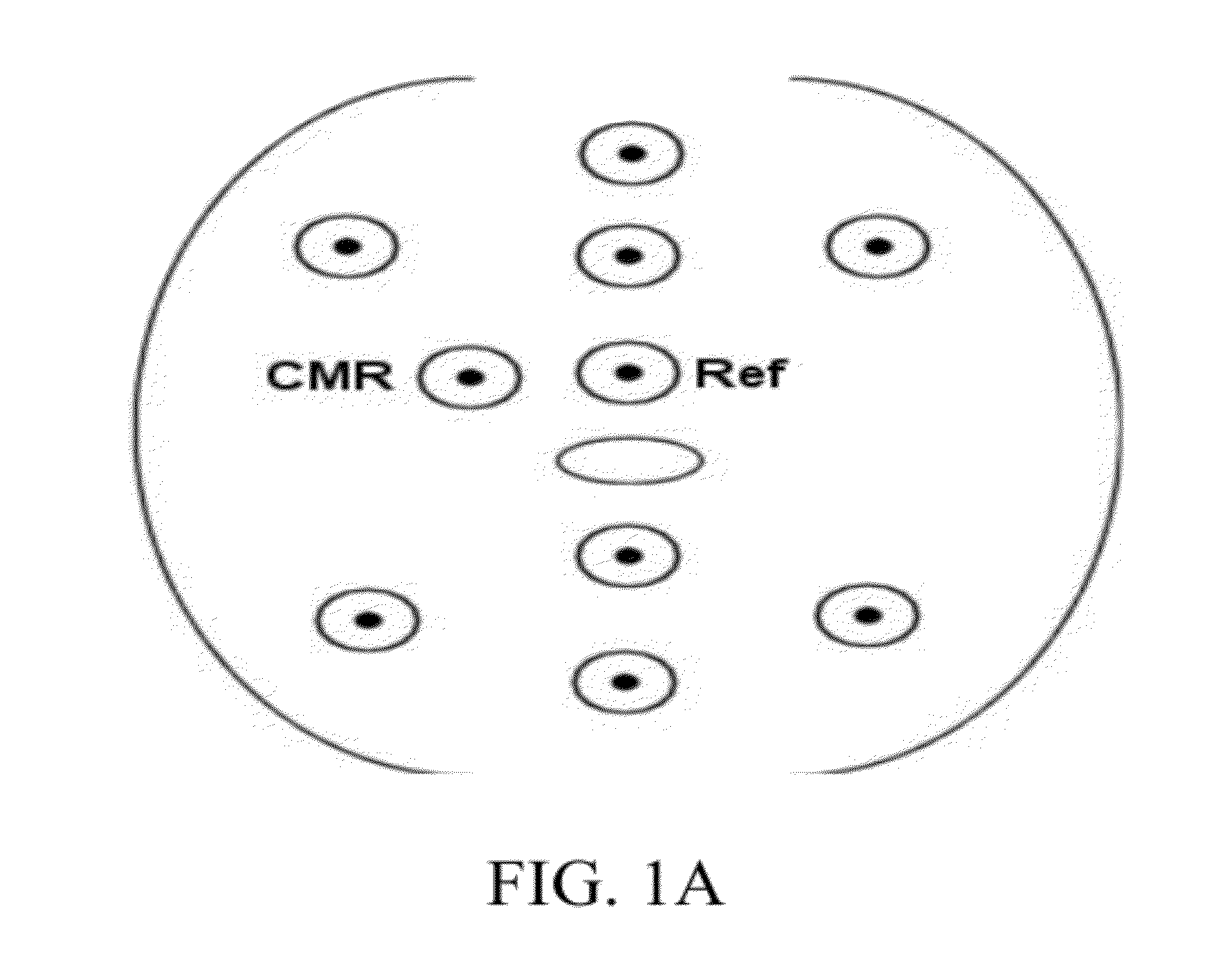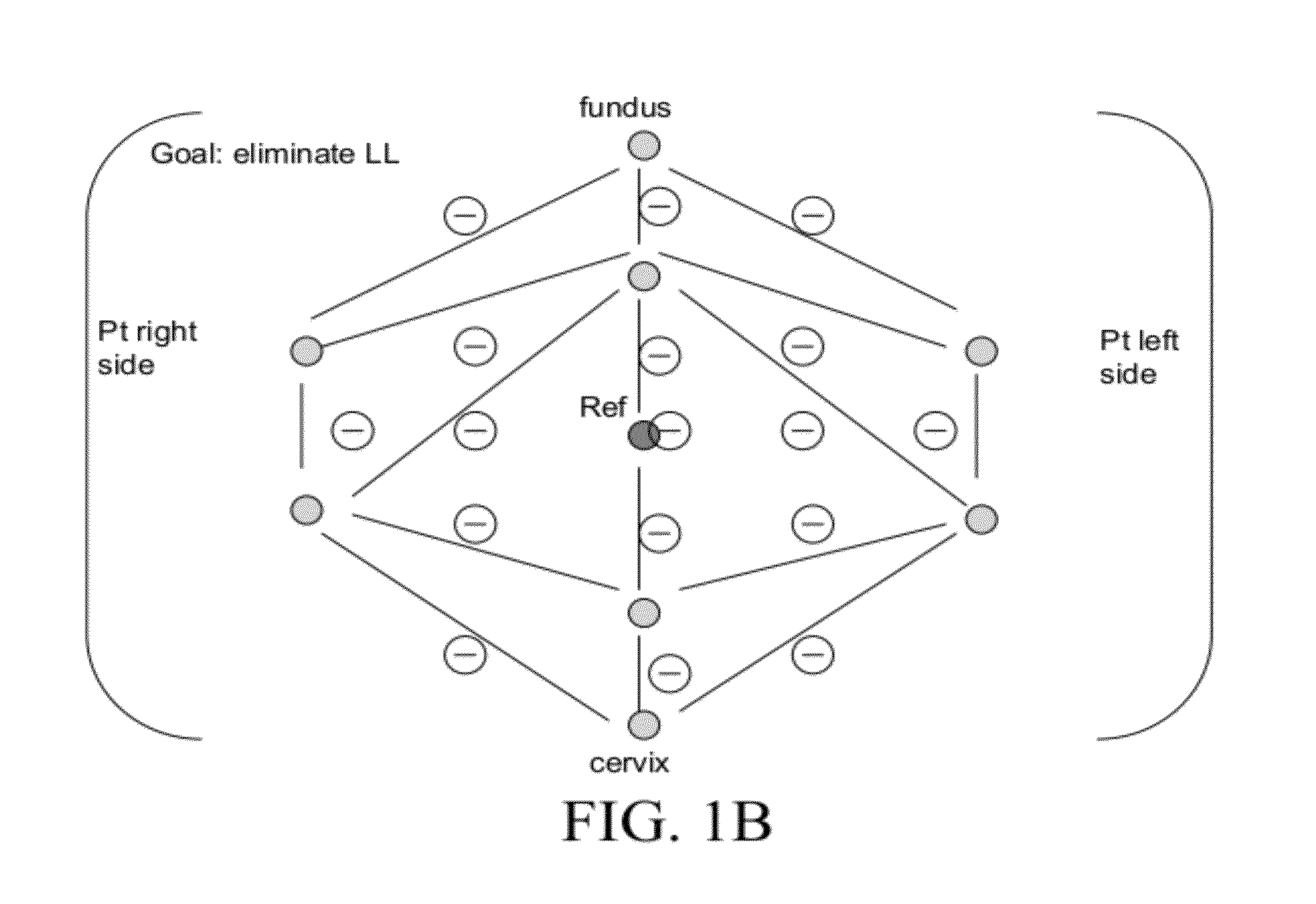System and Method for Analyzing Progress of Labor and Preterm Labor
a technology of progress analysis and labor, applied in the field of system and method for analyzing progress of labor and preterm labor, can solve the problem of not having a clear method of determining whether the patient is actually in preterm labor, and achieve the effects of reducing hospital costs, maximizing system efficiency, and increasing patient well-being
- Summary
- Abstract
- Description
- Claims
- Application Information
AI Technical Summary
Benefits of technology
Problems solved by technology
Method used
Image
Examples
example 1
Preliminary Labor Dystocia Case-Control Study
[0123]Using spatio-temporal information collected with multi-channel EHG as described herein, patients that require cesarean delivery for labor arrest were identified from those who have a normal labor and vaginal delivery.
[0124]A cohort of patients who required cesarean delivery for active-phase labor arrest was extracted from a clinical database. These patients' records were each carefully reviewed for accuracy of surgical indication (based on the traditional definition of arrest: 2 hours of adequate uterine activity without cervical change) and then matched with two vaginally delivered controls with the following characteristics: a normal labor curve; EHG data available from the same cervical dilation as the arrest; and matching parity, gestational age, BMI, and induction. In the resultant 10 labor arrests and 20 controls, the spatio-temporal characteristics of contractions were analyzed at the same dilation and significant differences...
example 2
Creation of Contraction Efficiency and Dystocia Prediction Indicators Based on the ERG Spatio-Temporal Contraction Patterns and Extracted Parameters
Clinical Data
[0129]Two sources of clinical data can be utilized. Over the past five years, 493 datasets from actively laboring women have been accumulated using the amplifier and data collection system described previously. This data set includes 388 term patients, 61 of whom underwent cesarean delivery. Information stored in the database includes: maternal age, height, weight, race, any diagnoses, obstetric history, labor onset (spontaneous versus induced), membrane status (artificial versus spontaneous rupture, time), gestational age, fetal presentation, estimated fetal weight, all cervical examinations (including dilation, effacement and station), all medications administered with dose and time, continuous cardiotocographic and all data from the abdominally sited electrodes including individual impedances, and information regarding th...
example 3
Multi-Parameter Model that Predicts Labor Progress Resulting in a Contraction Efficiency Indicator
[0154]The parameters derived in accordance with the subject invention can be applied to oxytocin-augmented labors to investigate their predictive value. In one embodiment, a contraction efficiency indicator can be created using a dilation score for each contraction, like the ultrasound system described by Sharf et al. (Continuous monitoring of cervical dilatation and fetal head station during labor. Medical Engineering & Physics In Press, Corrected Proof). In another embodiment, the efficiency of a group of contractions is estimated between measurements of dilation.
[0155]Patients from the Oxytocin Augmentation Cohort described above can be used for this analysis. Labor curves are plotted for determination of slope prior to augmentation, at the next cervical examination and after maximum oxytocin dose was reached. Thus, there are four groups for analysis (FIG. 9).
[0156]As illustrated in ...
PUM
 Login to View More
Login to View More Abstract
Description
Claims
Application Information
 Login to View More
Login to View More - R&D
- Intellectual Property
- Life Sciences
- Materials
- Tech Scout
- Unparalleled Data Quality
- Higher Quality Content
- 60% Fewer Hallucinations
Browse by: Latest US Patents, China's latest patents, Technical Efficacy Thesaurus, Application Domain, Technology Topic, Popular Technical Reports.
© 2025 PatSnap. All rights reserved.Legal|Privacy policy|Modern Slavery Act Transparency Statement|Sitemap|About US| Contact US: help@patsnap.com



